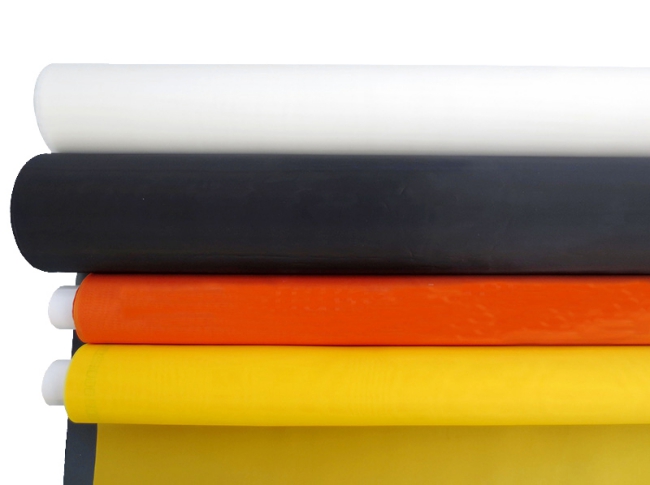The History and Development of Screen Printing
Aug. 27, 2020
What is screen printing?
Screen printing belongs to stencil printing, which is called the four printing methods together with lithography, embossing, and gravure printing. Porous printing includes stencil, engraved plate, spray, and screen printing. The principle of stencil printing is The printing plate (perforations that can pass ink are made on the base of the paper film or other plates). When printing, the ink is transferred to the substrate (paper, ceramics, etc.) through the holes of the stencil under a certain pressure to form an image or text. Stencil printing is the simplest form of porous printing, which began in the late 19th century. This kind of printing is made on a special wax paper, which is made into a wax paper graphic plate by a typewriter or a stylus and printed on the wax paper plate with an ink roller, and the desired printing effect can be obtained on the substrate. In stencil printing, screen printing is the most widely used. Screen printing is to stretch silk fabric, synthetic fiber fabric or metal mesh on the screen frame, and use the method of hand-carving paint film or photochemical plate making to make the screen printing plate. Modern screen printing technology is the use of photosensitive materials through photographic plate production screen (screen on the screen to make the picture and text part of the screen hole is through, rather than the picture and text part of the screen hole is blocked). During printing, the ink is transferred to the substrate through the mesh of the image and text by the squeeze of the squeegee, forming the same image and text as the original. The screen printing equipment is simple, easy to operate, easy to print and plate making, low cost, and strong adaptability. The commonly printed products with a wide range of screen printing applications include color oil paintings, posters, business cards, binding covers, commodity signs, and printed and dyed textiles.
When was screen printing invented?
Screen printing originated in China and has a history of more than two thousand years. As early as the Qin and Han dynasties in ancient my country, the Jiaxie print method appeared. By the Eastern Han Dynasty, the Laxie print method had become popular, and the level of printed products had also improved. In the Sui Dynasty, people began to use silk-screened frames for printing, and the Jiaxie printing process developed into silk-screen printing. According to historical records, the exquisite clothing worn in the court of the Tang Dynasty was printed in this way. In the Song Dynasty, screen printing developed again, and the original oil-based paint was improved, and starch rubber powder was added to the dye to make it into a slurry for screen printing, making the color of screen printing products more gorgeous. Screen printing is a great invention in China. The US "Screen Printing" magazine commented on China's screen printing technology: "There is evidence that the Chinese used horsehair and templates two thousand years ago. The clothing of the early Ming Dynasty proved their competitive spirit and processing technology. The invention of screen printing has promoted the development of material civilization in the world. Today, two thousand years later, screen printing technology has been continuously developed and improved and has now become an indispensable part of human life."
The information is provided by silk screen printing mesh supplier.








